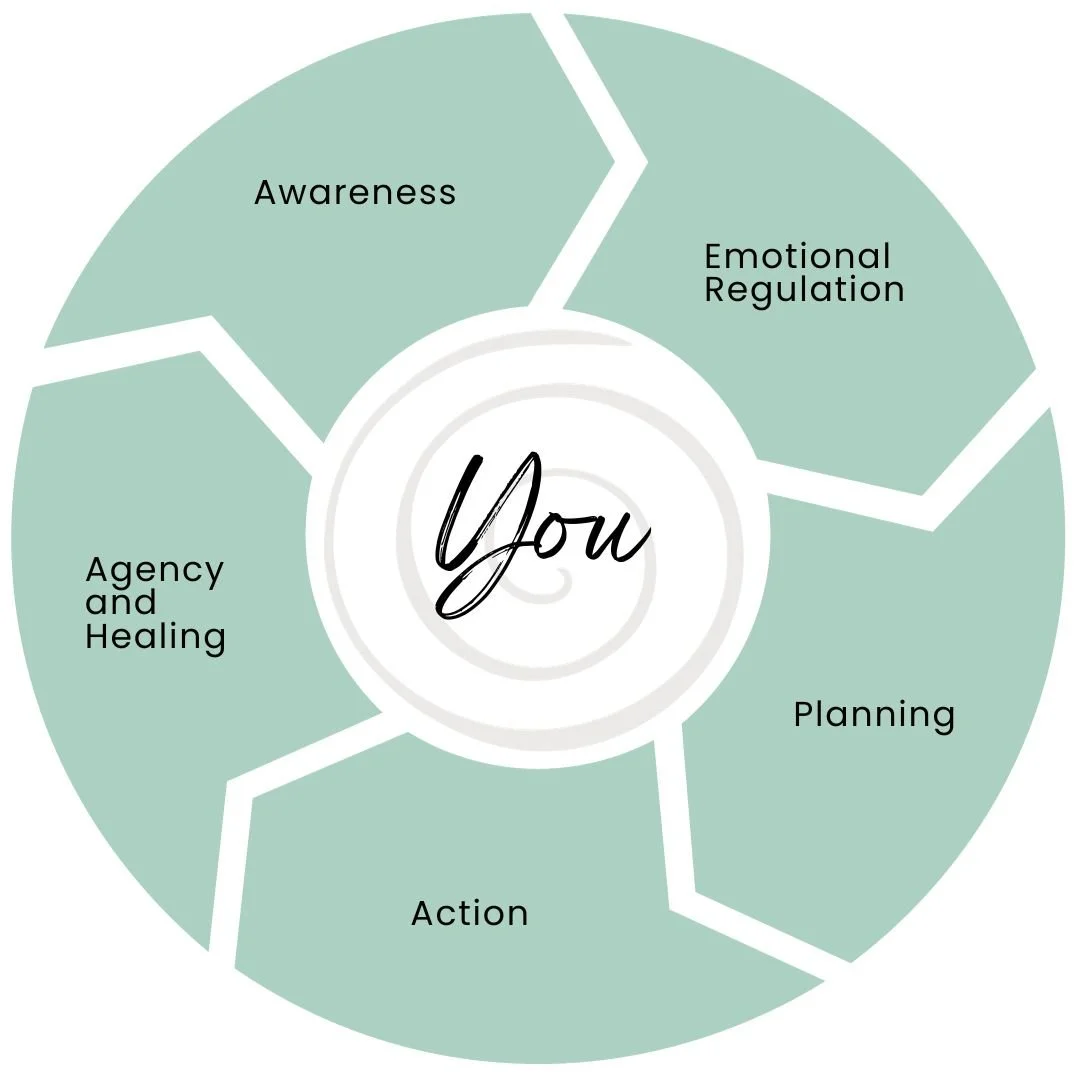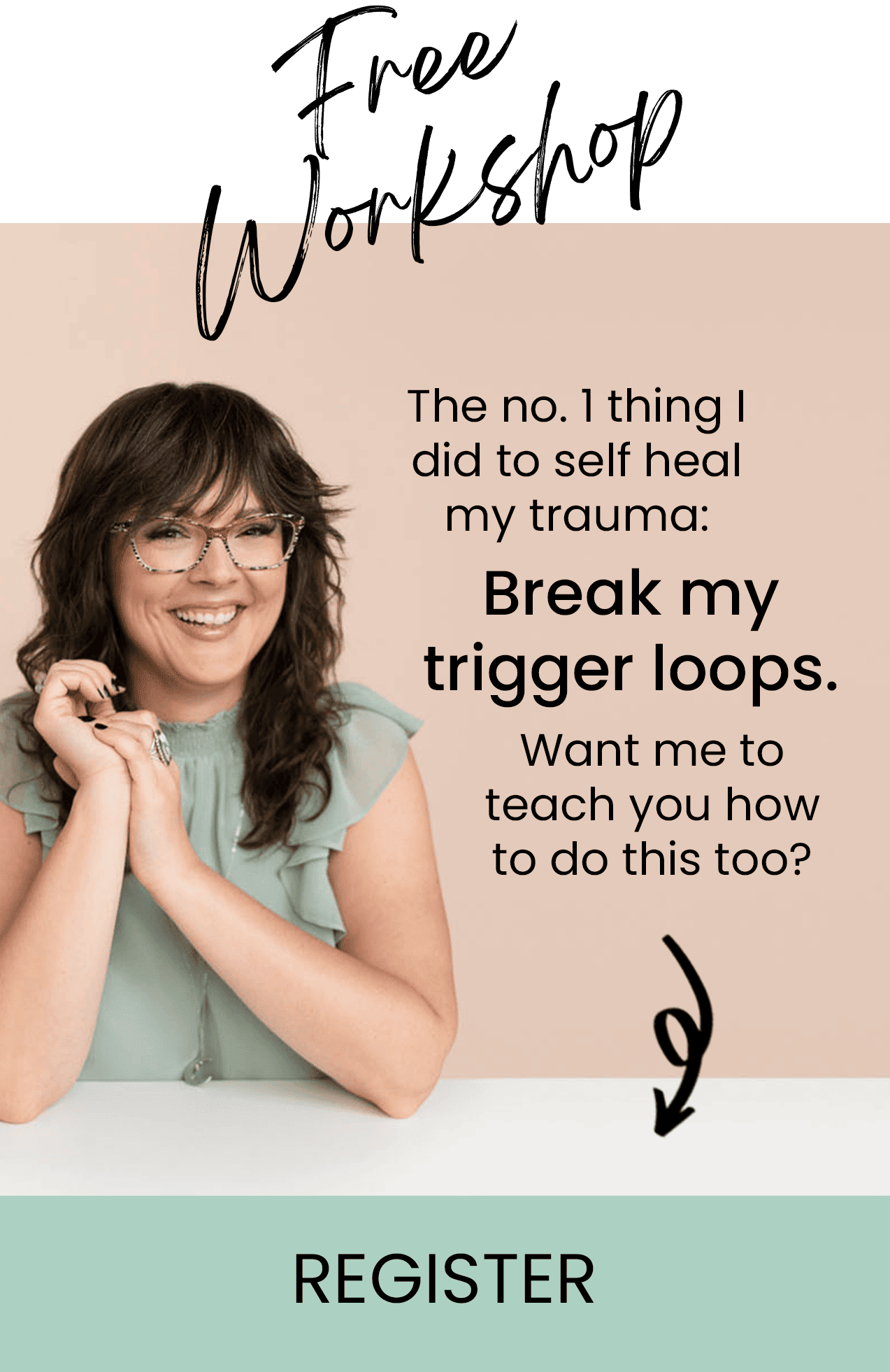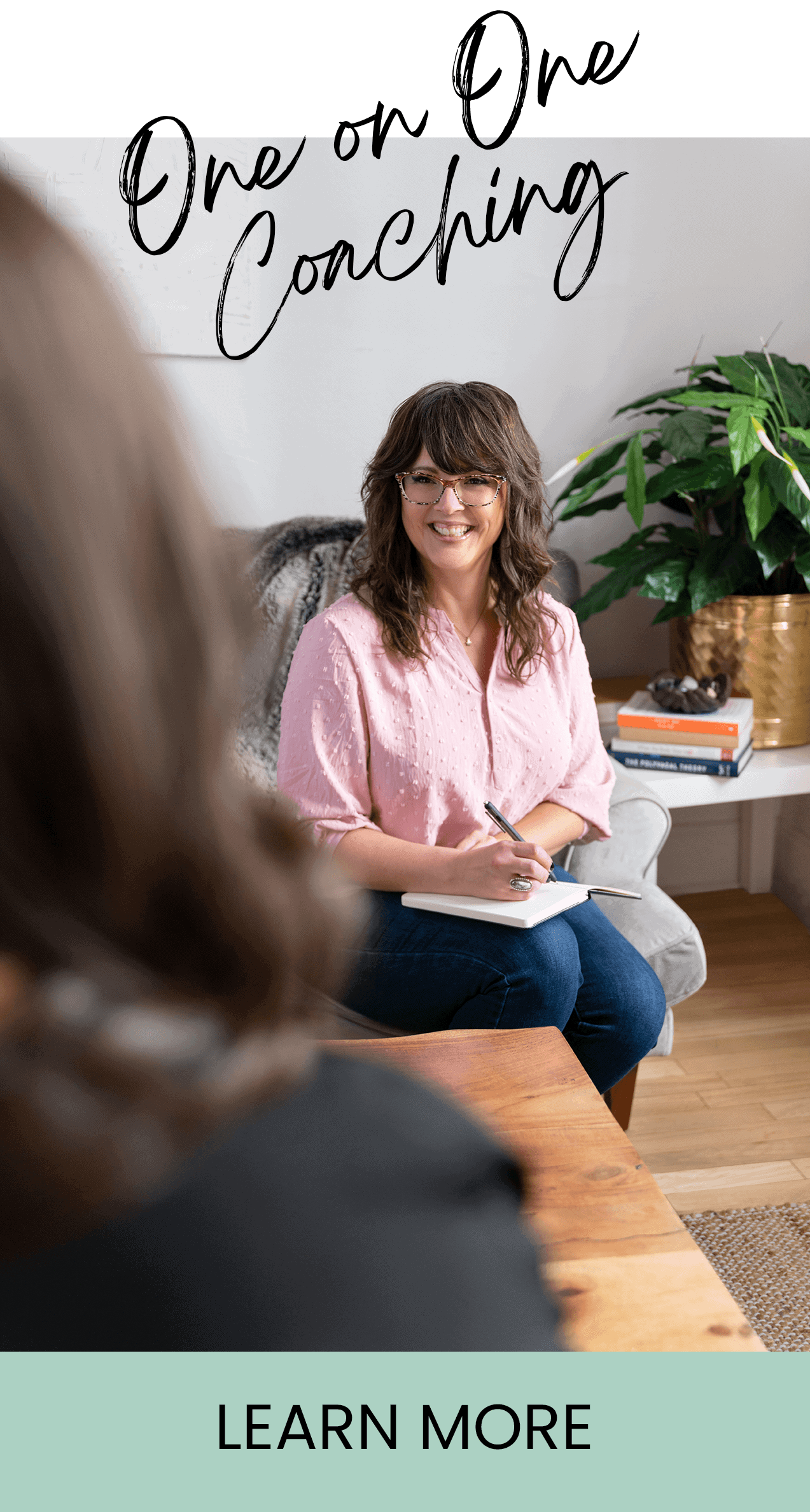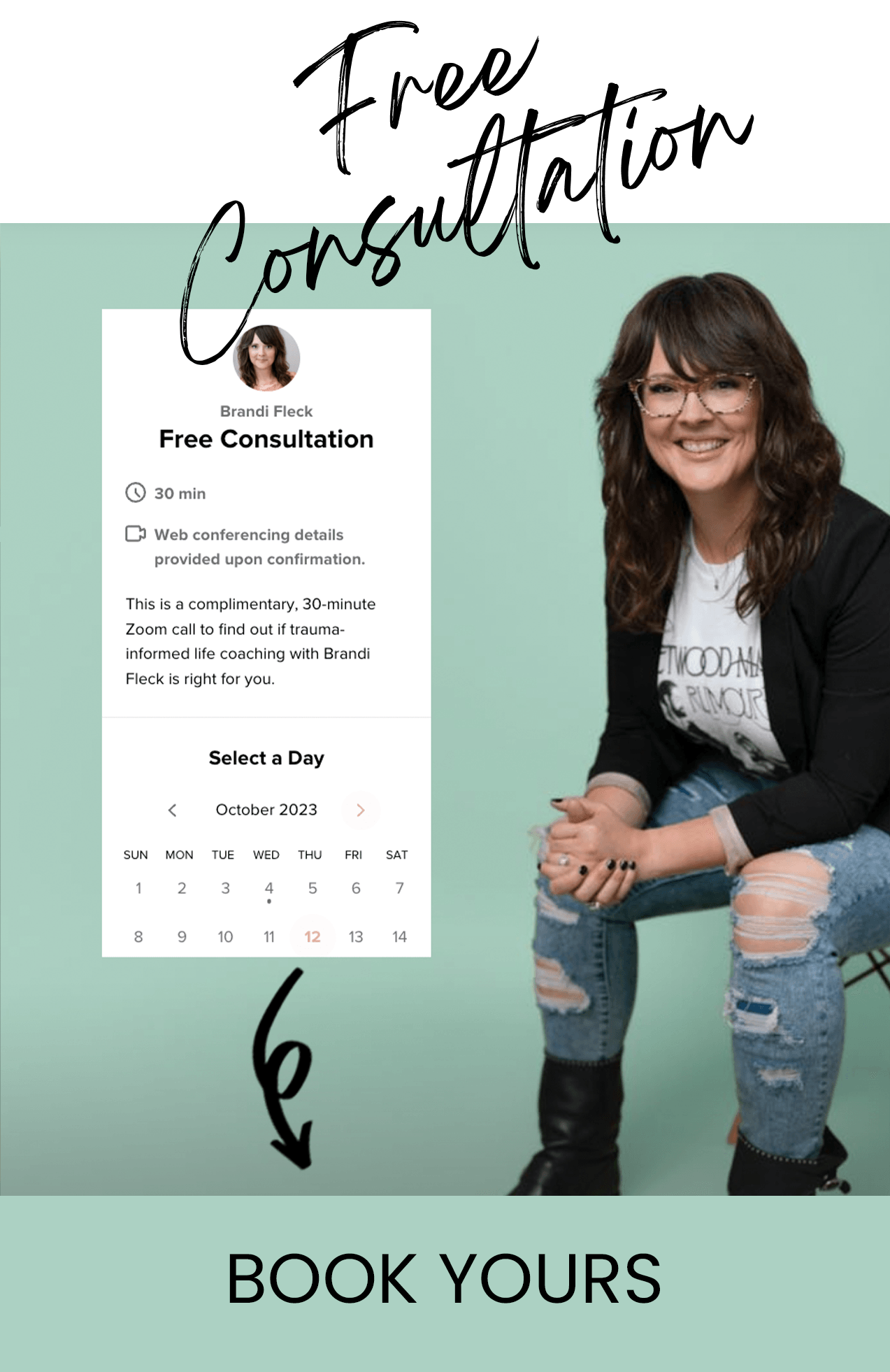My Simple Coaching Framework for Healing Trauma
This is an in-depth description of the coaching framework that underlies any work you do with me. Here, I explain the importance of each pillar in the framework and how it contributes to healing progress.
This simple framework underlies any work you do with me. Whether that’s 1:1 coaching, group coaching, workshops, or a combination of coaching and education, the five pillars in my framework are patterns that are present in every self healing journey I’ve witnessed or supported, including my own. So, I translated them to everything I offer. Because…
They’re powerful, simple, and effective. But they also account for the nuances and differences for each person’s individual journey. They’re also repeatable. What’s even cooler about these pillars is that not only are they supports to wellness, but they are also results of wellness! How can that be? The more you use them, the more of them you have. The more of them you have, the more fuel you have to make healthy, positive, lasting change in your life.
That means even when you’re done working with me, you can use this framework over and over until your trauma is solidly in the past, no longer impacting your present in any huge way, and doesn’t have to be a consideration in your future. And, when challenges or obstacles pop up in the future, because they will, you’ll be equipped to handle them.
That’s what we want. Hell yeah!
Note: Any pillar in this self healing framework can be a starting point in your healing process, and I encourage my 1:1 clients to jump in wherever they feel the most able to make progress. In groups and workshops, because we are working together as a collective, I provide the structure using this framework and choose different starting points within it based on the overarching goal of the group. You’ll see what I mean as we get into it.
So let’s dive in. Here are the pillars of the framework:
Awareness
No one pillar is more important than the other, and they’re all needed, but if I had to choose, awareness would be my favorite.
Awareness is made up of lessons learned, observations you’ve made or make, and it’s based in truth and honesty. It’s knowledge and acknowledgement. Some define awareness as consciousness.
How present we are capable of being adds or subtracts from our awareness. Being present enables us to be aware of what’s going on around us and other people’s emotions, actions, and motivations, yes. But, the ability to be present with ourselves creates insight and awareness around who we are, what we’re feeling, what we really want (not what somebody else thinks we “should” want), and enables us to be more connected to our bodies, minds, and spirits.
When combined with the other pillars in this framework, awareness informs the best way for each one of us to get to where we want to go.
Awareness can expand or contract. But when you work with me, my goal is to expand your awareness, starting from where ever you are in it. I like to meet you where you are and see what we can discover. It can be a fun and playful process or it can sometimes be heavy and demanding. Either way, it’s incredibly important to living life on your own terms.
Emotional Regulation
Being emotionally regulated means you’re able to cope with your emotions, even the big hard ones, process them, and release them (while integrating the lessons from them — more on that below), so that you feel balanced. When you are able to easily regulate your emotions, you’re body, mind, and spirit can return to a state of homeostasis rather than getting stuck in trauma responses such as fight, flight, freeze, or fawn.
You are not your emotions. They are things you feel. They exist to provide information to you. They can guide you through decision making and let you know there’s something that needs our attention in the present moment.
Paying attention to emotions and being able to observe them without becoming them (or identifying as being them, that is), expands our awareness while in turn our awareness helps us regulate our emotions. When you’re regulated, you can easily plan and then take action. And even better, you can plan for what to do when you’re dysregulated, helping you more easily become regulated next time an opportunity presents.
So, emotional regulation is when you’re able to use your awareness to pause before you act and choose how you want to respond in the presence of any particular emotion or waiting to respond until it passes.
Practicing regulating your emotions helps you tolerate a wider range of emotions over time. It also helps you act intentionally rather than being controlled by your emotions or the actions of others that trigger emotions in you.
There are plenty of tools and techniques out there, many of which I use with my clients, to assist with regulating emotions. These techniques typically involve connecting with your body and learning to read the signs and signals from it, then sending signals of safety back. It’s internal communication essentially. Figuring out which emotional regulation tools and techniques work for you can be an enlightening trial and error process, and it’s worth it.
Planning
In my mind, a plan is really a pre-determined set of decisions. Having a pre-determined set of decisions is invaluable if you find yourself not able to make a decision in the moment or you find yourself often making decisions you regret later. (No action and no decision is also a decision, btw).
Inability to make decisions at all or make decisions that feel right can lead to feeling controlled by your emotions or circumstances. So planning is a great way to feel more in control. Of course, the only thing you can control is your own action and reactions, but a plan sets you up to do just that.
Knowing that you have a plan, even if it will likely change, can help provide the confidence you need to make a different choice, and therefore act in a different way in the face of something that triggers old patterns you want to change. And acting in a different way changes behavioral patterns over time. More on that below! But…
Getting creative with defining what a plan actually is, and being open about it being more than what you’ve originally considered it, can help in your planning process. What I mean by that is, keep an open mind when planning.
There are many different types of plans. Examples include but aren’t limited to itineraries, boundaries, schedules, and menus. In all their forms, they determine how you move forward.
Plans can look different and come about in different ways for different people. Plans can be loose and flexible or detailed and rigid. And they can come in the form of ideas that are just in your head or can be written down or formally laid out in some kind of usable format you can refer to as needed.
Plus, the types of things you decide to plan influence the type of plan you come up with, how detailed or flexible it is, and so on.
For instance, you can plan your time, a vacation, your retirement, a date with your sweetie, what you want to do for a living, or how you’ll deliver a project. You plan meals, cleaning, doctor and vet visits (by scheduling appointments). Plans touch every area of life.
Plans work best when they’re based on what you truly value (not what someone else thinks you should value), and who you are as a person. Therefore, some amount of awareness helps you determine your best plan. You can only plan based on the awareness you have at the moment. Then, when your awareness changes, your plan needs to change or will likely change regardless.
Planning can be a double-edged sword, however. For example, if you’re “planning” non-stop for peace of mind and your life feels so planned out you have no room for spontaneity and fun, you’re likely trying to manage crushing anxiety by controlling anything and everything. You’re likely planning everything so that you can avoid some undesired result. In other words, you’re fear planning. This can be more harmful than helpful.
So, when I say planning is a pillar of a framework to heal trauma, I want you to plan out of love, not fear. By this I mean that your planning is helping drive future actions you’ll take that get you closer to what you DO want, not what you DON’T want. And when I work with you, we explore your plans and planning and make plans that serve you and get to the bottom of what actually does serve you in this moment. I say “this moment,” because what serves you changes over time. (Remember, when your awareness changes, your plans change. If they don’t, this can lead to all kinds of suffering, but that’s a topic for another day…)
Not only does planning help build your confidence, but it can help you navigate uncertainy.
Plans are also a powerful tool of manifestation. If you can plan something, that means you’ve had to visualize or imagine how it will go (even if reality doesn’t completely match your imagination, which is okay). And if you can imagine how something will go and visualize it, you can make it happen.
There are a ton of different ways to plan and tools for planning to support your unique process too.
Planning shouldn’t take up all your time and energy though. Being flexible and adaptable when plans change is just as valuable as knowing what you’ll do in certain situations. As with all the framework pillars, balance is key.
In coaching with me, we plan to get you moving toward what you really want, which is healing and validating, but we also plan to help you act in new and different ways in the face of triggers to manage your trauma responses and heal. An example of how we plan in coaching is by creating action steps that you complete between sessions—we identify how, when, and what you’ll do for your healing.
Action
When it comes to healing trauma, taking action is what propels us into healing. We can have all the other pillars, but without the movement that action provides, we would not fully release the trauma—as in, you’d still be living with it’s impact, even if you’d done other work. Research shows that taking action in the face of adversity lessens the impact of a traumatic event or events. Being able to help and escape are critical to not becoming further traumatized. (source)
Think back to a time you scraped your knee as a kid. It hurt. It might’ve bled.
Then, hopefully a nice human like your mom or teacher helped you clean it up, put neosporin on it, and put a bandaid on it. In this case, it likely stopped hurting pretty quickly and healed rather fast with no scarring. You immediately took action to lessen the impact of the pain.
But what if your trusted adult cleaned it and didn’t put a band aid and neosporin on it? It still healed. It likely didn’t get infected, even though there was still a chance. And it probably took a little longer than the first case. You might feel a little more pain if you bump it before it scabs over.
OR, maybe no one helped and you got up, brushed yourself off, and went on your way. In this case, your knee may or may not have become infected. But, the chances for infection were at their highest. You might’ve felt more pain than in the other cases because there may have been dirt lodged in the wound that your skin had to naturally push out with no support, so it took the longest to heal. When it finally did heal, you probably were left with a scar on your knee. The scar being the physical reminder of the impact of that scary moment you got hurt.
See? Through taking intentional (regulated + aware/informed + love planned) action, we can help our natural healing abilities go smoothly and create better outcomes.
In cases of trauma where our nervous system gets “stuck” and can’t fully recover from the onslaught of stress we’re under, we actually need to help it out if want to experience happiness, more love, and less fear.
By taking any action, intentional or not, we can learn if we’re present and notice what happens when we act a certain way. And as we learn new information, we become more aware. Then, we’re able to integrate new information into our lives through another new action. In this way, action helps us know the next best step to take after the first one, thus informing our planning process. And taking small, achievable steps over time is how we get from hurting and stuck to healing and empowered (having more agency).
Integrating what we learn through taking actions and being involved in our own healing helps us create change. It not only helps create change, but combined with all the other pillars in my coaching framework, it helps create the change that we choose for ourselves. (Of course, we can’t control everything, but we can confidently exert our influence and will in the direction we want to go.)
And, action has a tendency to create more action. You can pick up speed, gain momentum, and potentially stay motivated. If it doesn’t always work like for you though, no worries. There’s a time and place for rest too (which also creates more action).
Intentionally choosing to rest can be an action. When you are resting, you are doing something by lying still, quieting your mind, saying no to exhaustion, and recharging. You can choose to simply be and then do it. And because you have the other pillars in your tool kit too, you don’t have to feel guilty for resting, because you can be sure that you’ll cycle back around to being more active when the time is right.
In addition to learning, we must do in order to prove to ourselves that we’re capable of more than we ever imagined. This in turn builds confidence. Confidence is also fuel for more action.
Agency and Healing
Agency is the sense of control that you feel in your life, your capacity to influence your own thoughts and behavior, and trust in your ability to handle a wide range of tasks and situations. (source)
Healing is defined in the dictionary as “the process of making or becoming sound or healthy again.”
This definition implies that you were in a state of soundness or health before and you can get back there. But, we’re not going back. Healing is actually not linear.
I define healing as your journey to wellness to account for the cyclical and spiral nature of healing. You can have multiple healings going on at once that feed in to the whole. You can also experience wellness at varying degrees throughout the healing process. And it’s true that it’s not all suffering and it’s not all wellness at all times. There are many shades of gray (not just 50…).
Healing can happen at the micro and macro levels within us (think cells vs. a whole part of body) and it can also happen on the micro level and macro level within society and the world (think individuals vs. collective groups or humanity).
To be healed is to be in a state of homeostasis or balance in mind, body, and spirit more than you’re out of balance. (Side note: Balance does not equal perfection!) Homeostasis and balance can look different at different times in your life and depending on what you’ve been through.
Okay, now that definitions are out there…
You gain agency as your confidence increases through all the other pillars. You might already have some agency at the point you’re at in your journey. This agency can fuel more awareness and action. The closer you get to wellness, the more healing you have. The more healing you’ve done, the more you’ll know how to do it in the future when faced with adversity or hard things. The more control you’ll feel like you have to make a choice in the face of future challenges and therefore will be able to maintain more wellness.
In other words, agency and healing are fuel for your healing process and more begets more.
Repeat!
Jump into using this framework wherever it feels like you can have a win. Then, keep moving through it and repeat over and over in support of a lifestyle that suits you and leaves trauma below you, as you rise to a new level of awesomeness.
Questions or Comments?
Feel free to let me know if you have any questions in the comments, or you can schedule a free consultation.
Related Posts
Hey there!
I’m Brandi Fleck, TICC. I’m a private practice, certified trauma-informed life coach and trauma recovery coach. All genders, sexualities, and races are welcome here. I primarily serve clients via one-on-one coaching and self-paced trauma education.
Find More on the Blog
Recent Posts




















